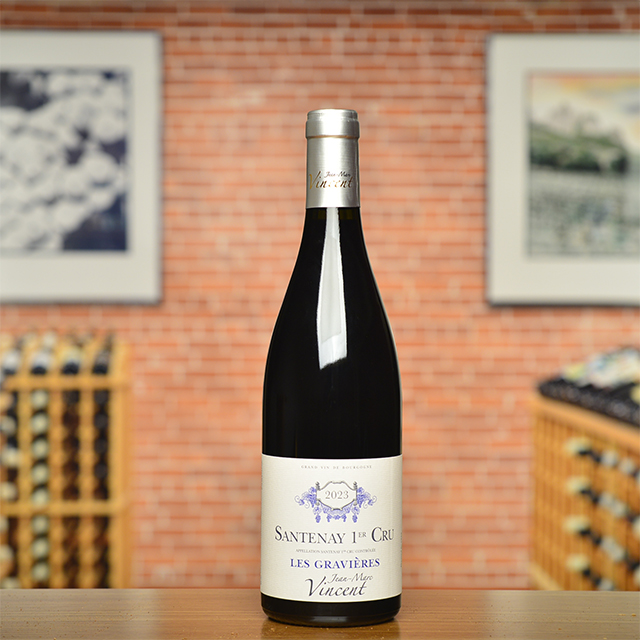Notify me
2021 Vino Rosso
Cantine Elvio Tintero


Poll the members of the KLWM staff and you’ll find that Piemonte is undoubtedly one of our favorite regions. While it delivers spectacular, grand reds, namely Barolo and Barbaresco, the region is also home to wines of unrivaled value. This bottling comes from a specialist of Piemontese value, Marco Tintero, whose family has been making wine in the off-the-beaten-path town of Mango for over a century.
Marco cultivates a wide variety of Piemontese grapes and shows his facility with them in this rosso, which consists of a slightly different blend every year depending on what the vintage yields. The perennial backbones of this cuvée, though, are Barbera and Dolcetto, two regional varieties that complement each other incredibly well. Barbera provides irresistible bite and mouthwatering acidity, while Dolcetto delivers generous fruit notes and joyfulness. Evoking brambly fruit, tobacco, and licorice, Tintero’s Rosso offers a perfect entry point to the charms of Piemonte.
—Tom Wolf
| Wine Type: | red |
| Vintage: | 2021 |
| Bottle Size: | 750mL |
| Blend: | 50% Barbera, 40% Dolcetto, 5% Nebbiolo, 5% Cabernet Sauvignon |
| Country: | Italy |
| Region: | Piedmont |
| Producer: | Cantine Elvio Tintero |
| Vineyard: | 15 year average, 1 ha |
| Soil: | Clay |
| Farming: | Sustainable |
| Alcohol: | 12.5% |
More from this Producer or Region

2023 Dolcetto d’Alba “V. Pari”
Italy | Piedmont
Prime placement in a great vineyard site provides exquisite balance, gentle tannin, and notes of brambly fruit.

2018 Barolo “Vigna Rionda”
Italy | Piedmont
Already elegant, this Barolo shows astonishing poise and a different mesmerizing feature of its kaleidoscopic personality every time you take a sip.
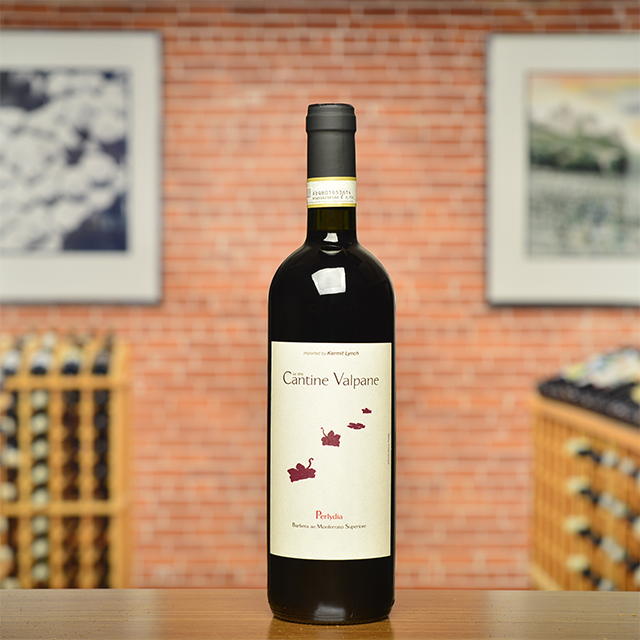
2020 Barbera del Monferrato “Perlydia”
Italy | Piedmont
While it can age for a few more years, its rich, juicy fruit and plump texture make it hard to resist today.

2024 Dolcetto d’Alba “La Costa”
Italy | Piedmont
Massimo Benevelli specializes in making honest wines that reflect the rolling hills around Monforte d’Alba.

2024 Langhe Nebbiolo “Camilu”
Italy | Piedmont
A superb companion to stews, braised meats, and roasted vegetables.
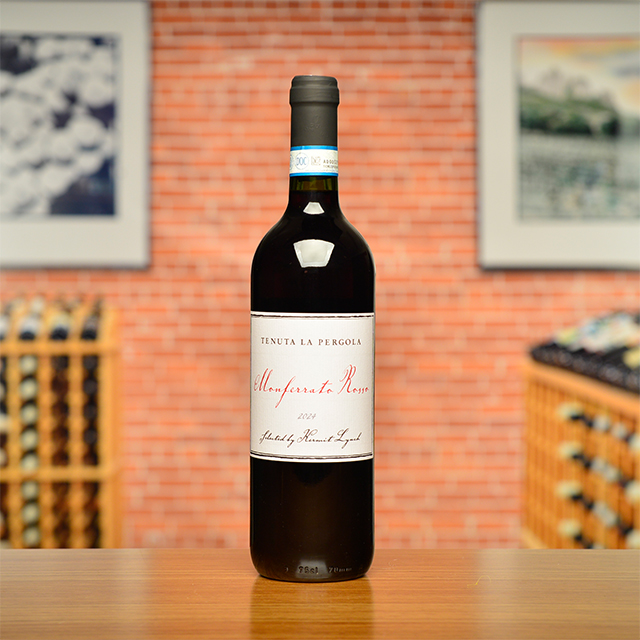
2024 Monferrato Rosso
Italy | Piedmont
A laid-back Barbera-based rosso with soft fruit and gentle tannins to enjoy with anything, not just Italian food, from spicy dishes with a bit of heat to funky, fermented fare.
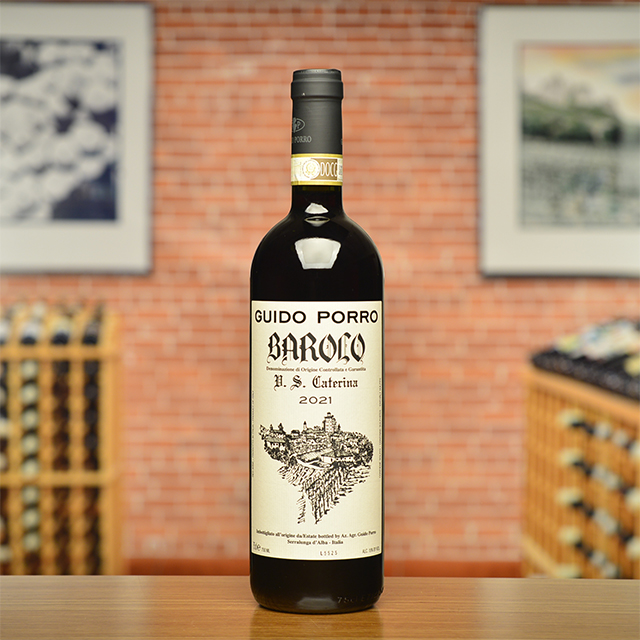
2021 Barolo “Vigna Santa Caterina”
Italy | Piedmont
As seamlessly as it will pair with all kinds of dishes, from a seared pork chop to cacio e pepe—you don’t even need food. It is that graceful!
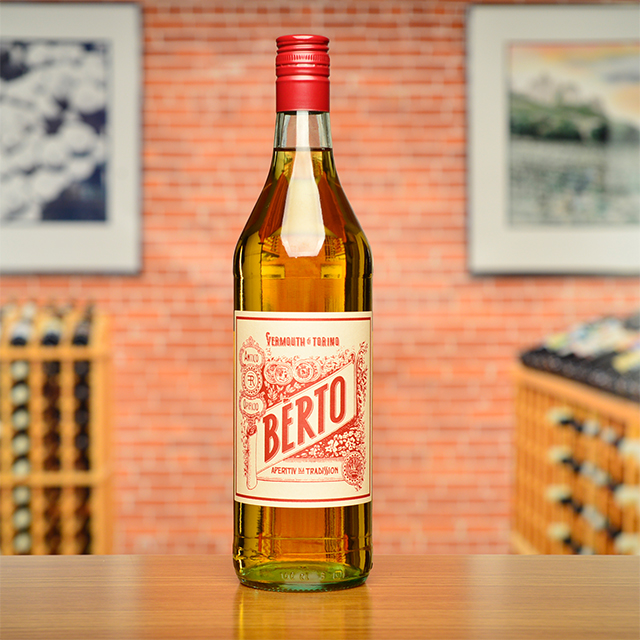
Vermouth di Torino Bianco “Aperitiv dla Tradission”
Italy | Piedmont
Let this aromatic Piemontese vermouth spice up your cocktail game, or sip it on the rocks with an orange peel garnish.

2024 Barbera d’Alba “Vigna Santa Caterina”
Italy | Piedmont
For pasta night, it checks all the boxes: ripe berry fruit with cleansing acidity; richness contrasted by vivaciousness.

2023 Erbaluce di Caluso “Le Chiusure”
Italy | Piedmont
Hailing from the northern edge of Piedmont, at the foot of the Alps, this gorgeous bottle courses with energy and bursts open with notes of citrus, pear, white flowers, and a faintly saline finish.
About The Producer
Tintero
The commune of Mango is the heart of Moscato country, and 20 of the Tinteros’ 30 hectares are planted to this grape. Their largest parcel is in the Sorì Gramella vineyard, whose full southern exposure and gradient of more than 20% pamper the grapes with many long hours of sunshine, without even casting shadows from one row to the next as is the case in most vineyards. The resulting wine is delightfully fizzy and slightly sweet, an irresistible combination that makes it a universal favorite. Marco Tintero also maintains that same spirit in his other wines, which are all fresh, easy, and fun to drink with friends.
About The Region
Piedmont

Kermit’s love affair with the great reds of Piemonte dates back to the early days of his career: the very first container he imported from Italy, in fact, featured legendary 1971 and 1974 Barolos from Vietti and Aldo Conterno. Regular visits since then have seen our portfolio grow to now twelve Piemontesi estates, with a strong focus on the rolling hills of the Langhe.
Nebbiolo rules these majestic, vine-covered marl slopes, giving Italy’s most mystifyingly complex, nuanced, and age-worthy reds. When crafted via traditional production methods—long macerations and extensive aging in enormous oak botti—the powerful, yet incredibly refined Barolos and Barbarescos provide haunting aromatics of tar, raspberry, incense, tea, roses, and more. At times austere in their youth but well worth the wait, they pair beautifully with the hearty local cuisine starring veal in many forms, braised beef, pastas like tajarin and agnolotti, and of course, Alba’s famous white truffles.
Surrounded by mountains on three sides, Piemonte’s climate is continental, with baking hot summers and cold winters. Nebbiolo is only part of the story here: juicy, fruity Barberas and Dolcettos represent the bread and butter throughout the region, and other native grapes like Freisa, Croatina, and the white Arneis are also noteworthy. Value abounds in the Monferrato, while Alto Piemonte also has its share of thrills to provide.
Every corner of Piemonte is rich with tradition, especially when wine is concerned. It’s no wonder we have been singing the region’s praises for over forty years.
More from Piedmont or Italy
“Ross da Travaj” Vermouth
Bèrto Italy | Piedmont
2024 Monferrato Rosso
Tenuta La Pergola Italy | Piedmont
2017 Barolo Bussia “Cascina Dardi”
A. & G. Fantino Italy | Piedmont
2024 Moscato d’Asti “Sorì Gramella”
Tintero Italy | Piedmont
2021 Barolo “Gianetto”
Guido Porro Italy | Piedmont
2021 Barolo “La Tartufaia”
Giulia Negri Italy | Piedmont
Goldilocks and the Three Barberas
6-Bottle Sampler Italy | Piedmont
Sampler Includes:
2020 Barbera del Monferrato “Perlydia” • Cantine Valpane $23.00
2023 Barbera d’Alba Superiore • A. & G. Fantino $26.00
2024 Barbera d’Alba “Vigna Santa Caterina” • Guido Porro $28.00
* Includes 2 bottles of each Barbera
Normally $0.00
SPECIAL SAMPLER PRICE $123.00
(a 20% discount)
2024 Vino Bianco
Elvio Tintero Italy | Piedmont
2023 Barbera d’Alba Superiore
A. & G. Fantino Italy | Piedmont
2020 Barolo “La Tartufaia” MAGNUM
Giulia Negri Italy | Piedmont
2024 Vino Rosso “Il Goccetto”
Tenuta La Pergola Italy | Piedmont
2023 Langhe Freisa “alla mia Gioia”
Piero Benevelli Italy | Piedmont
“Ross da Travaj” Vermouth
Bèrto Italy | Piedmont
2024 Monferrato Rosso
Tenuta La Pergola Italy | Piedmont
2017 Barolo Bussia “Cascina Dardi”
A. & G. Fantino Italy | Piedmont
2024 Moscato d’Asti “Sorì Gramella”
Tintero Italy | Piedmont
2021 Barolo “Gianetto”
Guido Porro Italy | Piedmont
2021 Barolo “La Tartufaia”
Giulia Negri Italy | Piedmont
Goldilocks and the Three Barberas
If you want to delve into a variety of expressions of Piemonte’s most extroverted grape, there is no better place to start than here. Sampler includes 2 bottles of each wine, at a 20% discount.
2024 Vino Bianco
Elvio Tintero Italy | Piedmont
2023 Barbera d’Alba Superiore
A. & G. Fantino Italy | Piedmont
2020 Barolo “La Tartufaia” MAGNUM
Giulia Negri Italy | Piedmont
2024 Vino Rosso “Il Goccetto”
Tenuta La Pergola Italy | Piedmont
2023 Langhe Freisa “alla mia Gioia”
Piero Benevelli Italy | Piedmont
Kermit once said...

Kermit once said...
Great winemakers, great terroirs, there is never any hurry. And I no longer buy into this idea of “peak” maturity. Great winemakers, great terroirs, their wines offer different pleasures at different ages.
Inspiring Thirst, page 312

